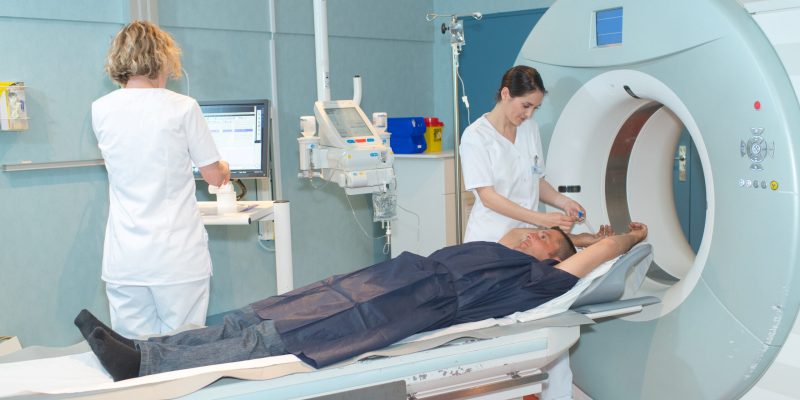
Pharmaceutical heavyweights like Bristol Myers Squibb, AstraZeneca, and Eli Lilly are betting big on radiopharmaceuticals, investing over $10 billion in the hope that these advanced radiation therapies will redefine cancer treatment.
Radiopharmaceuticals, which deliver targeted radiation directly to cancer cells, are seen as the next breakthrough in oncology.
Radiopharmaceuticals work by attaching radioactive materials to molecules that specifically target cancer cells, allowing for precise radiation treatment while sparing healthy tissues.
Despite their potential, this technology faces significant challenges including complex manufacturing, logistical issues, and the need for precise cancer cell markers.
Radiopharmaceuticals to reach tens of billions in revenue?
The market for radiopharmaceuticals could potentially reach between $5 billion and tens of billions of dollars, depending on their effectiveness across various cancer types.
Novartis, with its successful drugs Lutathera and Pluvicto, expects to generate about $4 billion in sales by 2027.
Other major drugmakers are eager to replicate this success, heavily investing in similar technologies.
However, manufacturing radiopharmaceuticals involves handling rapidly degrading radioactive materials, demanding immediate use and careful logistical planning.
Companies like Eli Lilly and Bristol Myers Squibb are acquiring firms with in-house manufacturing to streamline production and distribution.
Novartis is investing over $300 million to expand its radiopharmaceutical manufacturing capabilities in the US to meet growing demand.
Timely delivery is critical due to the short shelf life of these drugs.
Novartis employs GPS tracking to ensure doses are delivered within nine hours of production. Healthcare facilities must also upgrade their infrastructure and staffing to handle these treatments safely.
Healthcare facilities also need to be specially equipped to handle these treatments, requiring upgrades to their medical licenses and having certified specialists on staff.
Patients receiving treatments like Pluvicto often face logistical and safety challenges, such as avoiding radiation exposure to family members post-treatment.
Radiopharmaceuticals to redefine cancer treatment?
The future of radiopharmaceuticals looks promising but uncertain.
While AstraZeneca and Bristol Myers Squibb explore combining these therapies with existing treatments like immunotherapies, proving their safety and efficacy will take time.
As the field evolves, competition among pharmaceutical companies could drive innovation and lead to significant advancements in cancer treatment.
While the excitement around radiopharmaceuticals is palpable, many experimental drugs are still in the early phases of development.
Different types of radioactive materials might present new challenges, requiring more research and trials to determine the safest and most effective options.
As more companies enter the space, competition will drive innovation, potentially leading to breakthroughs in cancer treatment.
The post Direct tumor radiation: can pharma’s $10 billion bet transform cancer treatment? appeared first on Invezz









